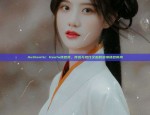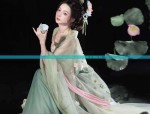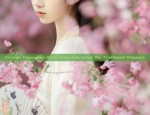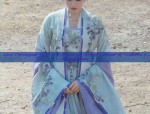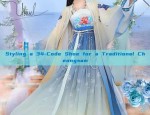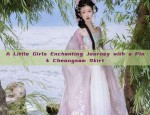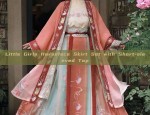The Splendor of Ming-Style Hanfu:A Journey into Traditional Chinese Clothing
In the tapestry of Chinese cultural heritage, Hanfu stands out as a vibrant thread of historical significance. Originating from the Han dynasty and spanning over two thousand years, Hanfu is a testament to China’s rich history and craftsmanship. Among the various styles of Hanfu, the Ming-style variant is particularly captivating, embodying a fusion of elegance and simplicity.
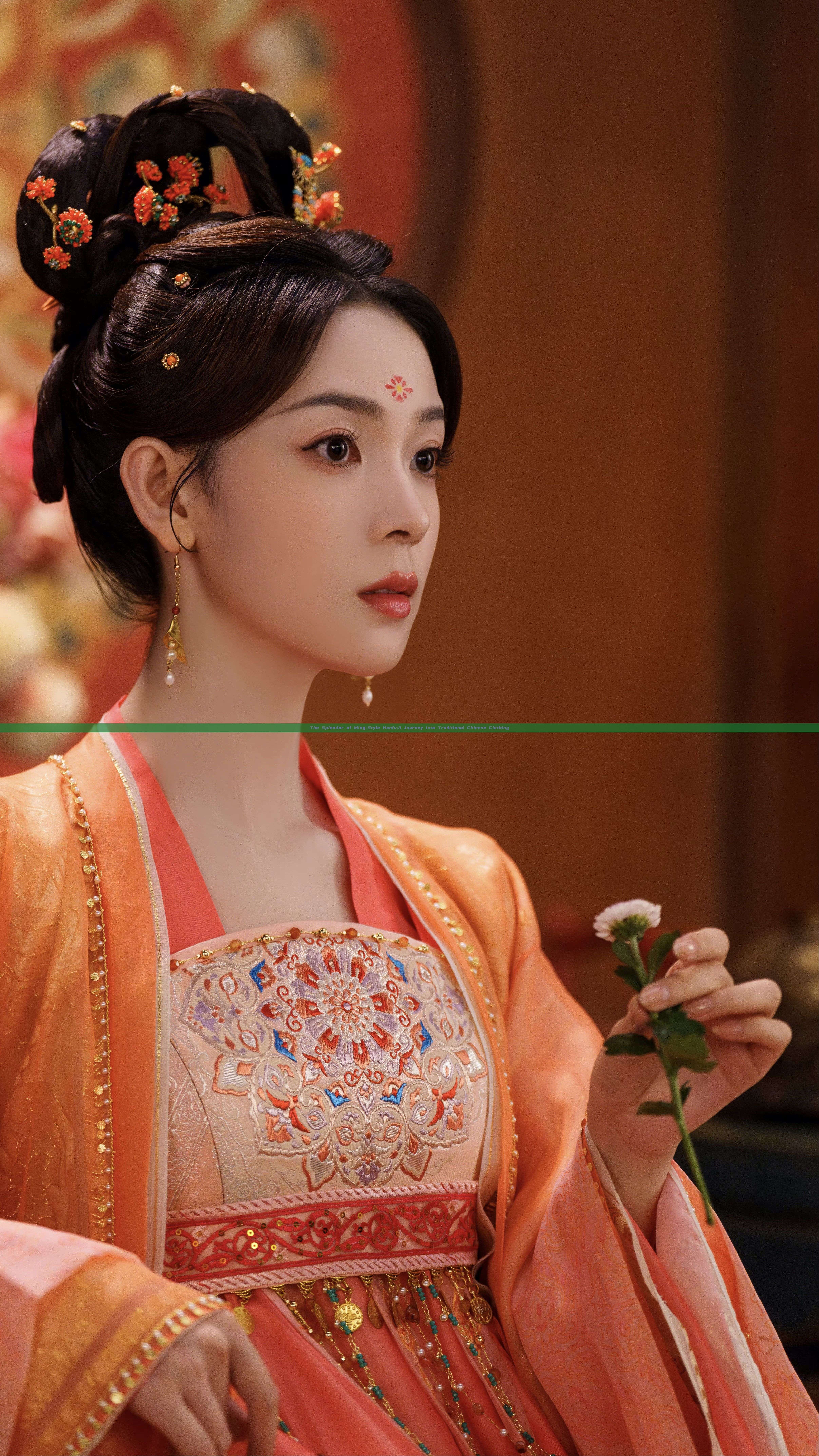
Ming-style Hanfu, named after the Ming dynasty (1368-1644 AD), is a testament to the intersection of traditional Chinese culture and fashion. It embodies the essence of classical Chinese aesthetics, characterized by its loose-fitting silhouette and intricate designs. The use of vibrant colors and intricate patterns is a hallmark of Ming-style Hanfu, making it a visual treat for the eyes.
The history of Ming-style Hanfu is closely linked to the cultural and social evolution of the Ming dynasty. During this period, there was a significant shift in fashion, with a focus on elegance and simplicity. The design elements of Ming-style Hanfu reflect this shift, with a focus on refined craftsmanship and intricate patterns. The use of natural materials like silk and cotton was prevalent, which were carefully woven into intricate designs, embodying the essence of traditional Chinese culture.
The most distinctive feature of Ming-style Hanfu is its unique design elements. The use of vibrant colors like red, yellow, blue, and green is common, creating a vibrant and lively aesthetic. The intricate patterns and designs are often inspired by nature, featuring floral patterns, geometric shapes, and animal motifs. These designs are not just for aesthetics but also have deep cultural and symbolic meanings. For instance, the dragon and phoenix motifs symbolize power and good fortune, while floral patterns often symbolize prosperity and harmony.
Another notable feature of Ming-style Hanfu is its accessories. These accessories are not just for decoration but also serve a practical purpose. Common accessories include belts, sashes, and jewelry, which are often made from precious materials like gold and silver. These accessories are often intricately designed, featuring patterns and designs that complement the main outfit.
The revival of Ming-style Hanfu in modern times is a testament to its enduring appeal and relevance. The appreciation for traditional Chinese culture has never been stronger, and Hanfu is at the forefront of this revival. The modern versions of Ming-style Hanfu are often adapted to suit modern lifestyles and fashion trends. They are worn for special occasions like weddings, festivals, and cultural events, as well as for everyday wear.
The significance of Ming-style Hanfu goes beyond fashion and aesthetics. It is a powerful symbol of cultural heritage and identity. By wearing Hanfu, people are not just expressing their love for fashion but also paying homage to their cultural roots. The intricate designs and patterns of Ming-style Hanfu embody stories and symbols that are deeply connected to Chinese culture and history.
In conclusion, Ming-style Hanfu is a beautiful representation of traditional Chinese culture and fashion. Its unique design elements, vibrant colors, intricate patterns, and accessories make it a visual treat for the eyes. Its revival in modern times is a testament to its enduring appeal and relevance. By wearing Ming-style Hanfu, people are not just expressing their love for fashion but also paying homage to their cultural heritage. It is a powerful symbol of identity and connection to one’s roots, embodying the essence of traditional Chinese culture.

 Previous Post
Previous Post

